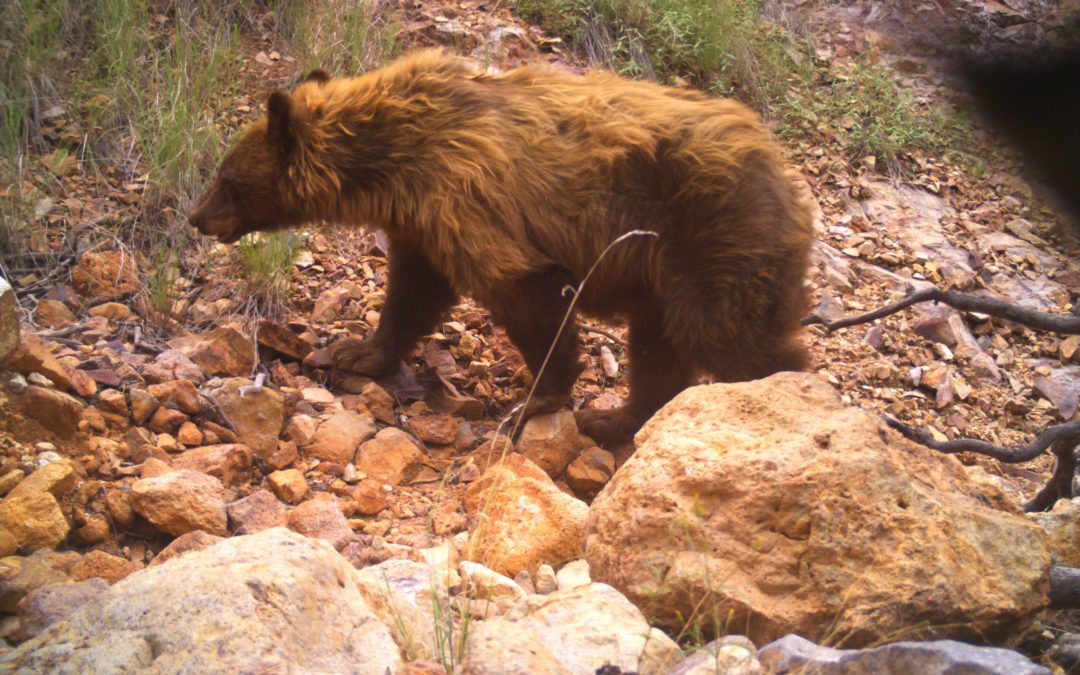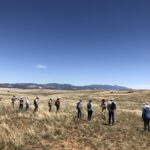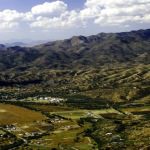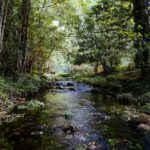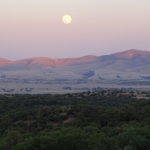In April, Patagonia Area Resource Alliance (PARA) partnered up with Sky Island Alliance for their Border Wildlife Study—a camera-based project that will help organizations and the public better understand the depths of biodiversity seen near the U.S.-Mexico border wall. For this study, Sky Island Alliance deployed a camera array of sixty devices that span thirty-four miles of the border between the Huachuca and Patagonia mountains.
Sixteen of Sky Island Alliance’s cameras have been established in the Patagonia Mountains. Including six of PARA’s cameras, which have been collecting data in the Patagonias since 2012, this totals a power of twenty-two remote camera traps throughout the mountains.
Sky Island Alliance celebrated their first 90 days of Border Wildlife Study in July by releasing their full species list. They’ve detected seventy-one species (and counting!) across the thirty-four miles of border; and with the combined efforts of Sky Island Alliance and PARA, over forty-eight (48) species have been sighted in the Patagonia Mountains alone!
The Patagonia Mountains
If you’ve never driven through the Patagonia Mountains, searched for its rare birds, or hiked its canyons, you’re missing out. Located about sixty miles southeast of Tucson, the Patagonias make up one of Arizona’s unique Sky Island ranges. This range is also part of the Madrean Pine Oak Woodlands and extends across the U.S.-Mexico border where, in Mexico, it becomes the San Antonio Mountains.
The Patagonia Mountains lie at the very heart of six intersecting provinces: the Rocky Mountains, the Sierra Madre, the Sonoran Desert, the Chihuahuan Desert, the Great Plains, and the Neo Tropics. Because of this, the Patagonias are home to a diverse range of flora and fauna, including 300 species of birds, 600 species of native bees, 300 types of butterflies and moths, and 112 Federally threatened, endangered, and sensitive species—possibly including jaguars and ocelots that use the mountains to migrate between Mexico and the United States. Scientists have named this region one of the top areas in the world most in need of protection for species survival due to its ranging altitudes, the 128,000-acre Sonoita Creek watershed, and the Patagonia Mountains’ many canyons and woodlands.
While the Patagonia Mountains are wealthy in species diversity, they are also threatened by various operations, including border wall construction and industrialized mining. As the quality of air, water, and habitat are threatened, organizations like PARA and Sky Island Alliance are worried these operations will negatively impact these species at risk and ultimately limit—or remove all together—their ability to migrate freely across borders.
Check out this presentation PARA did with Sky Island Alliance in August on conservation in the Patagonia Mountains:
48 Species Detected in the Patagonias
Sky Island Alliance and PARA deploy their 24/7 camera traps differently—which results in some different sightings.
At Sky Island Alliance, the Border Wildlife Study team uses a scientific 1 km x 1 km grid. All cameras are placed within 3 kilometers from the border to get the best data on which species might attempt cross-border migration. This systematic grid placement ensures the cameras capture a variety of landscape features and, the Border Wildlife Study page says, “increases the likelihood of documenting the true breadth of the wildlife community.”
PARA’s camera team, on the other hand, places devices where wildlife sightings are most common: usually around water sources or where two different wildlife trails meet. While the approach is not unbiased or scientific in nature, it instead focuses on the locations where big mammals, like bears and large cats, are most likely to appear as they cross through the Patagonia Mountains on their way to and from Mexico.
Now for the species list! Here are the forty-eight* species PARA and Sky Island Alliance have detected over the last several months.
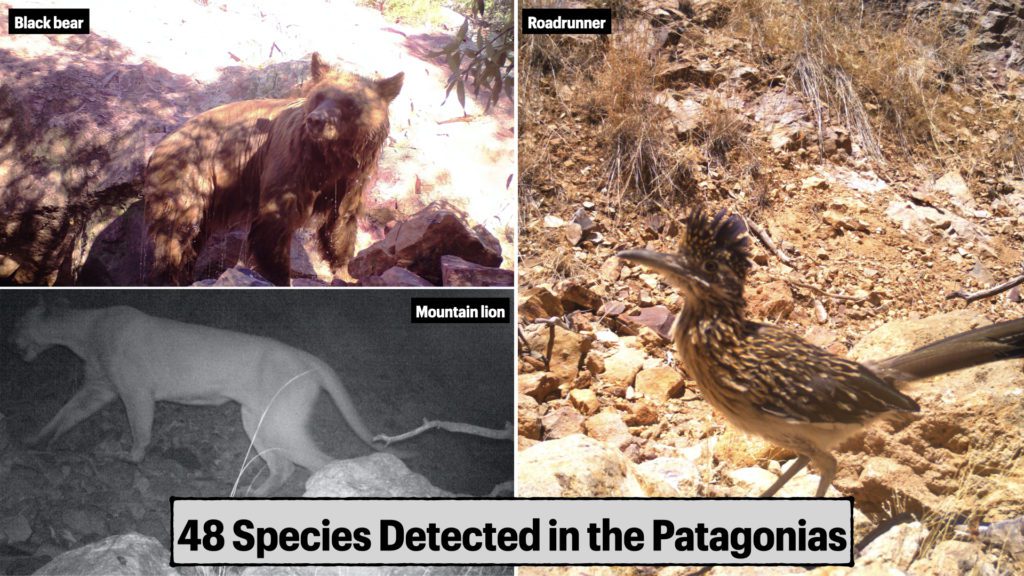
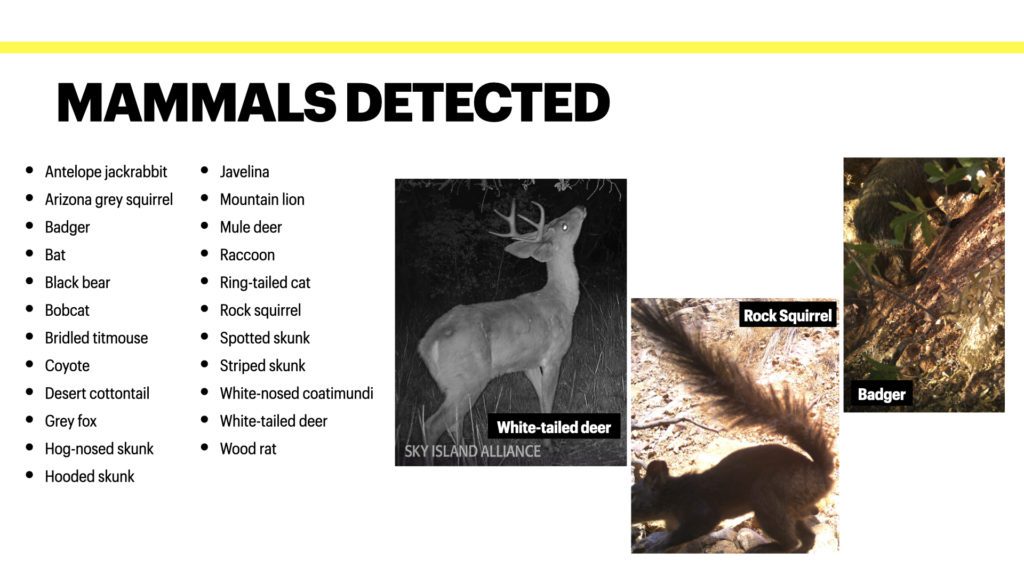
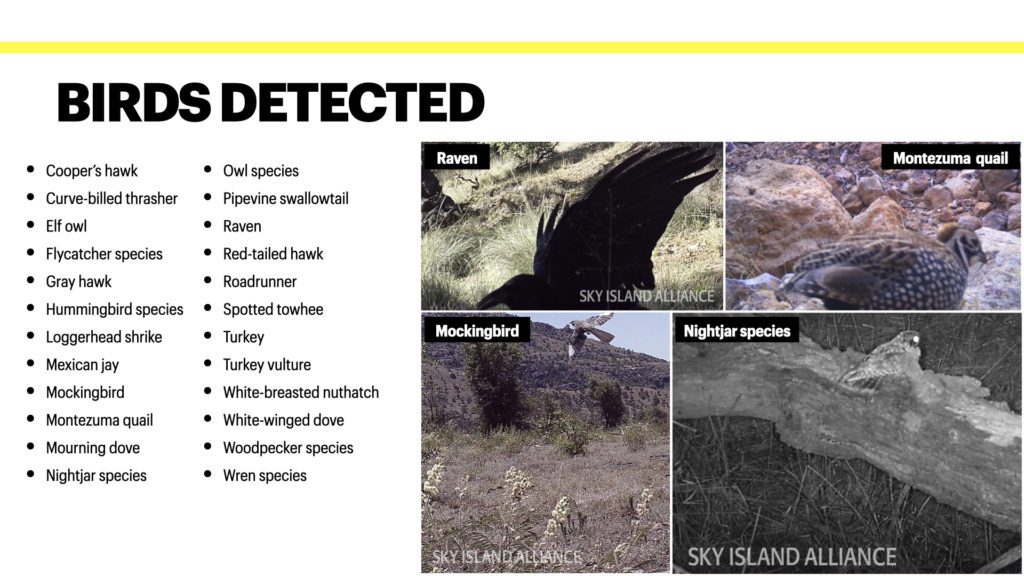
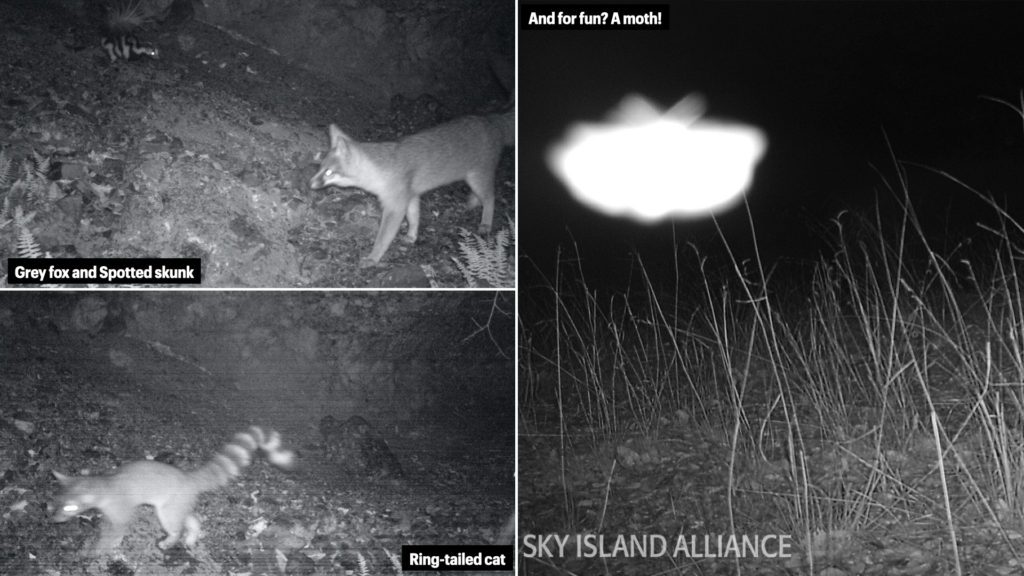
*If you’re curious what the forty-eighth species is, it’s a single insect: the moth!

